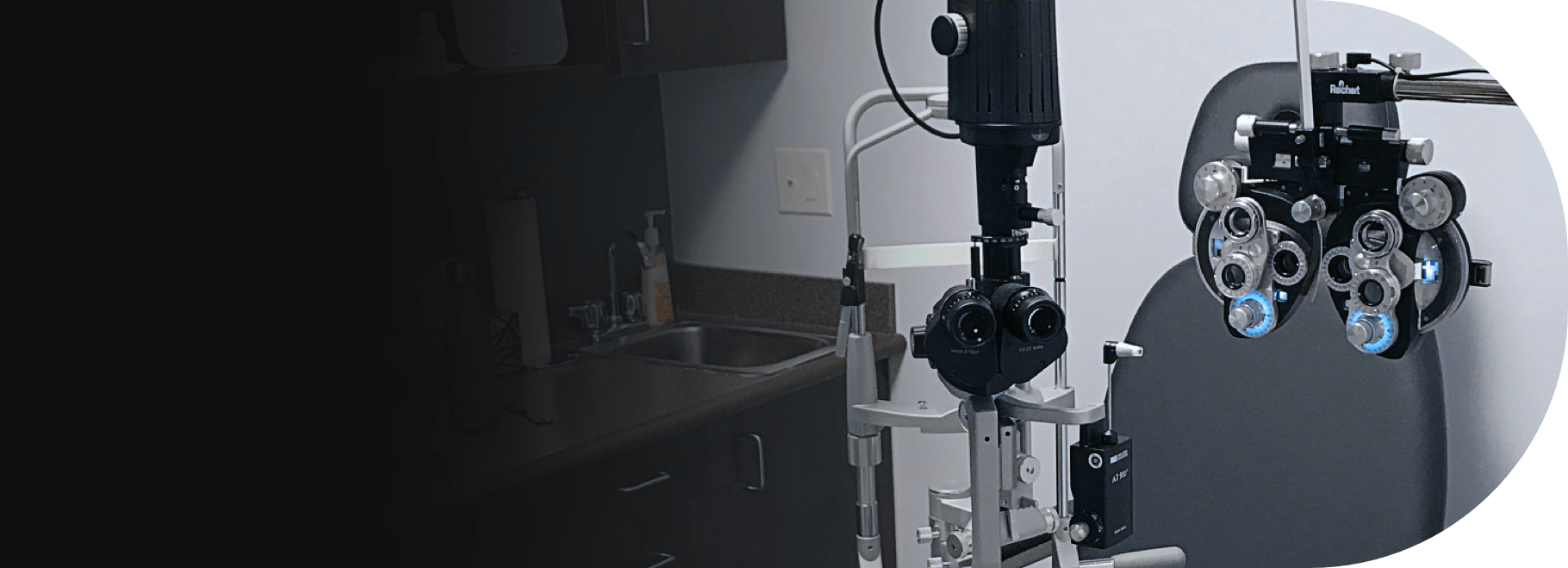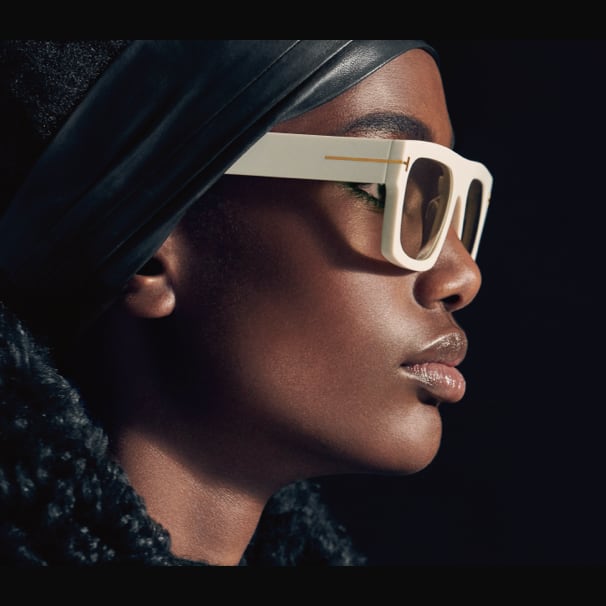If your work or hobbies expose you to these dangers, you need certified prescription safety glasses to keep your eyes protected without compromising your sight. […]
Prescription Safety Glasses in Canada: Who Needs Them?



If your work or hobbies expose you to these dangers, you need certified prescription safety glasses to keep your eyes protected without compromising your sight. […]

Age-related macular degeneration (AMD) is a leading cause of vision loss for people over 55, affecting approximately 2.5 million Canadians. […]
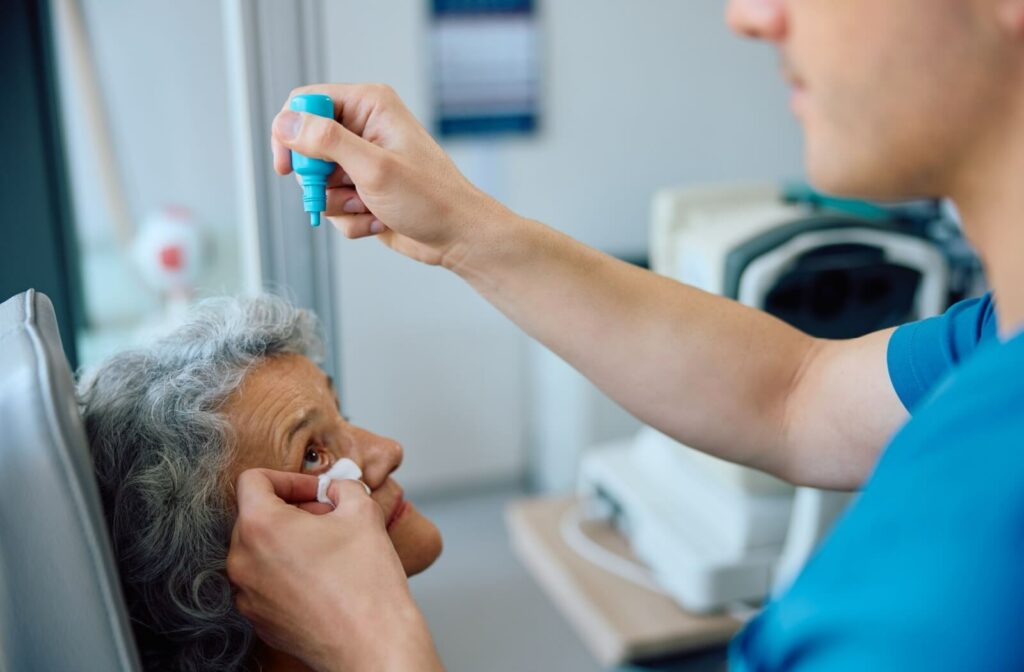
Here’s what not to do after eye dilation:
Drive
Look at bright lights
Engage in close-up work
Forget your eye protection
Touch or rub your eyes
Intense physical activity
Make important visual decisions
[…]
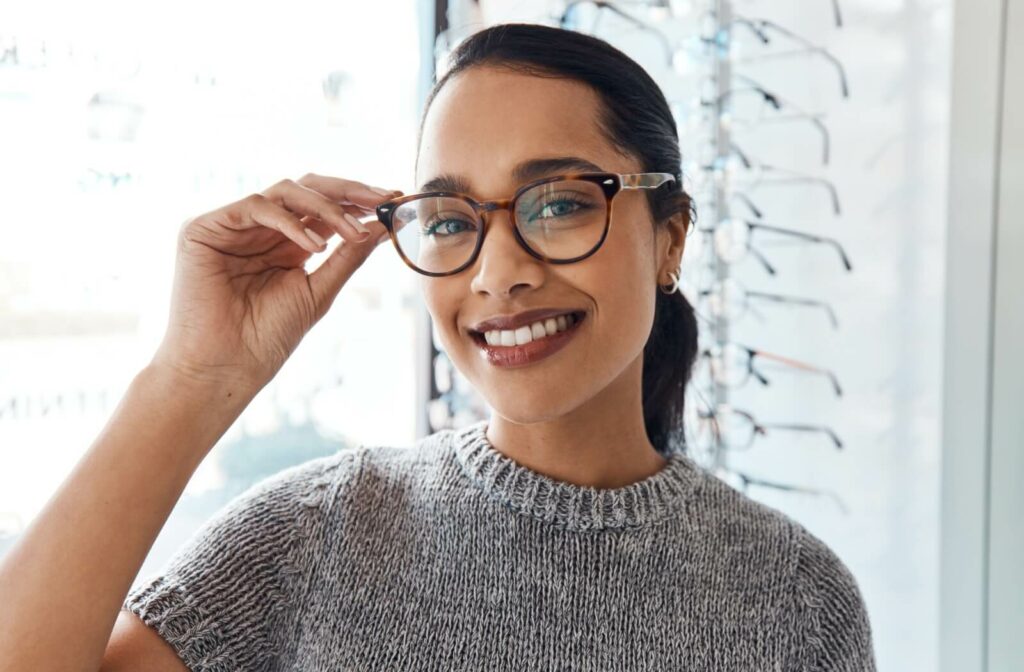
A well-fitted pair of glasses should be proportionate to your face and rest comfortably without creating pressure points. Properly fitting glasses won’t slip or move when you move your head around. Lastly, glasses should fit your personality and style, too! […]
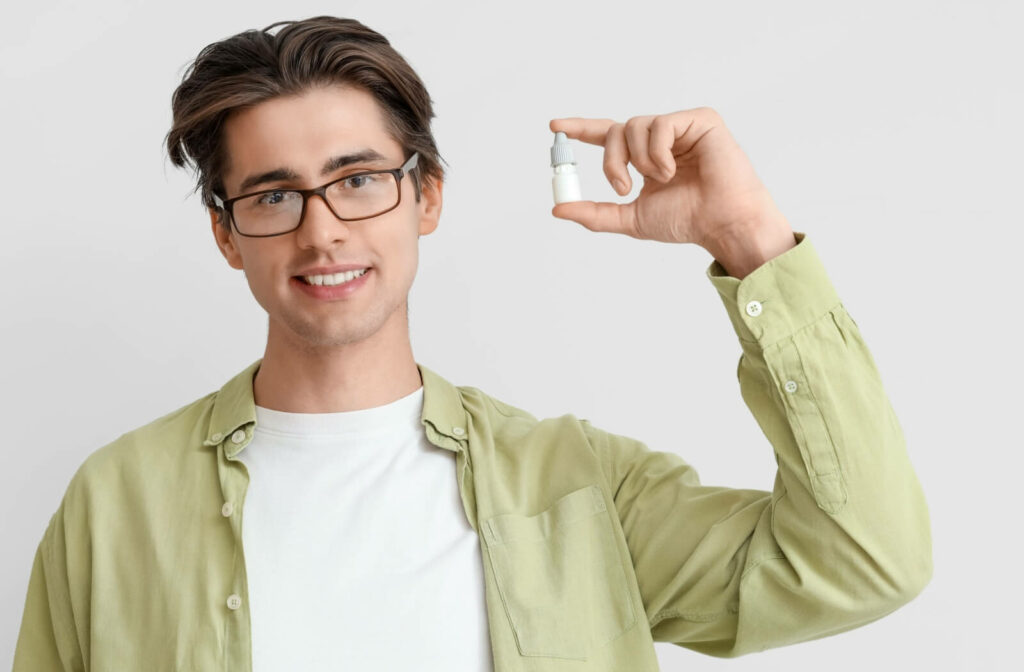
How often you can use eye drops depends entirely on the type of drop. Improper handling and use of eyedrops can actually make your symptoms worse. As a basic rule:
Preservative-free artificial tears are safe to use throughout the day, as needed.
Always follow strict dosage instructions when using medicated eye drops.
Most allergy eye drops are safe to use up to 2 times a day.
Redness-relief eye drops are okay to use up to 4 times a day, but only for a few days.
[…]

Myopia eyeglasses offer a solution. These glasses have a specialty lens design that changes how light focuses in the eye, which helps slow myopia progression in children while also correcting their vision. […]
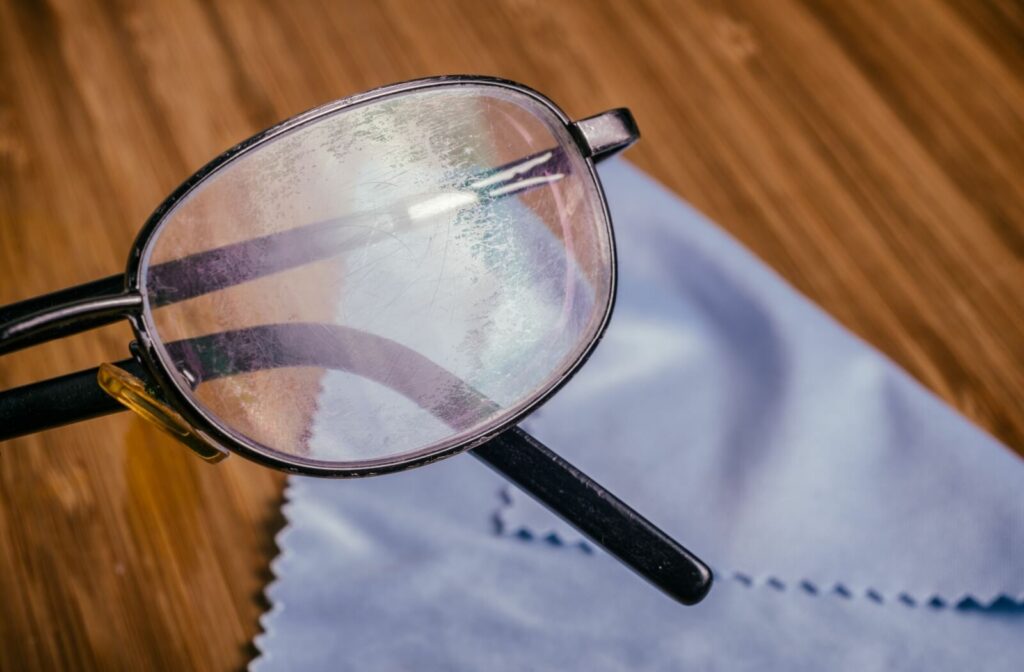
While the internet is full of DIY remedies promising to restore your lenses to their original clarity, many of them can actually cause more damage than good. […]
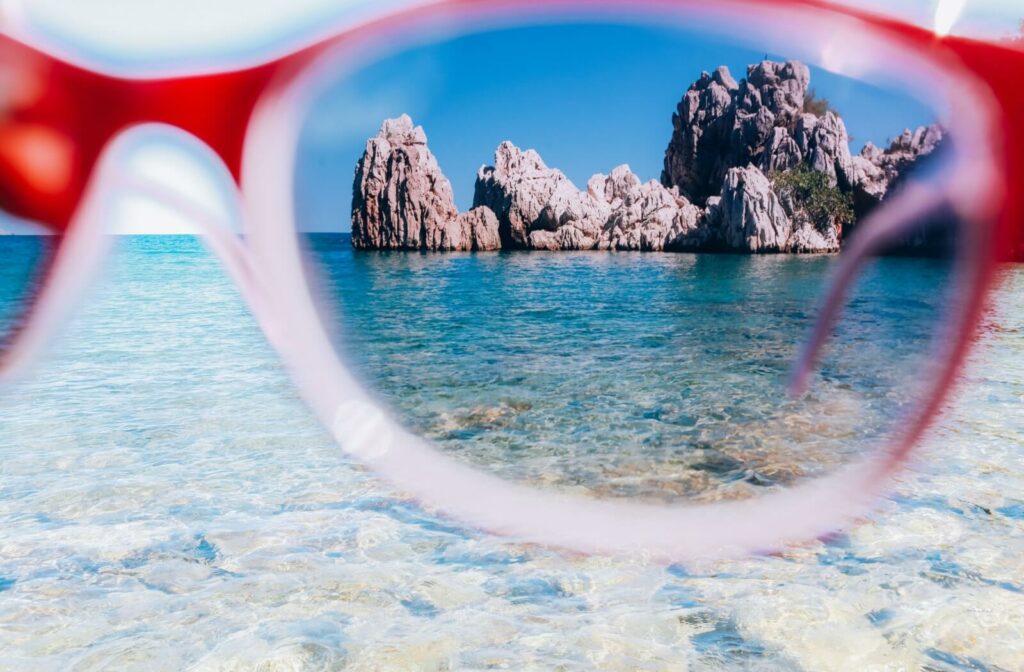
The quickest way to know if your sunglasses are polarized is to check the packaging provided by the manufacturer. Alternatively, you can confirm polarization by looking at a digital screen or high glare surface while wearing your sunglasses, then tilting either the screen or your head. If the image you see becomes darker, your sunglasses are likely polarized.
[…]
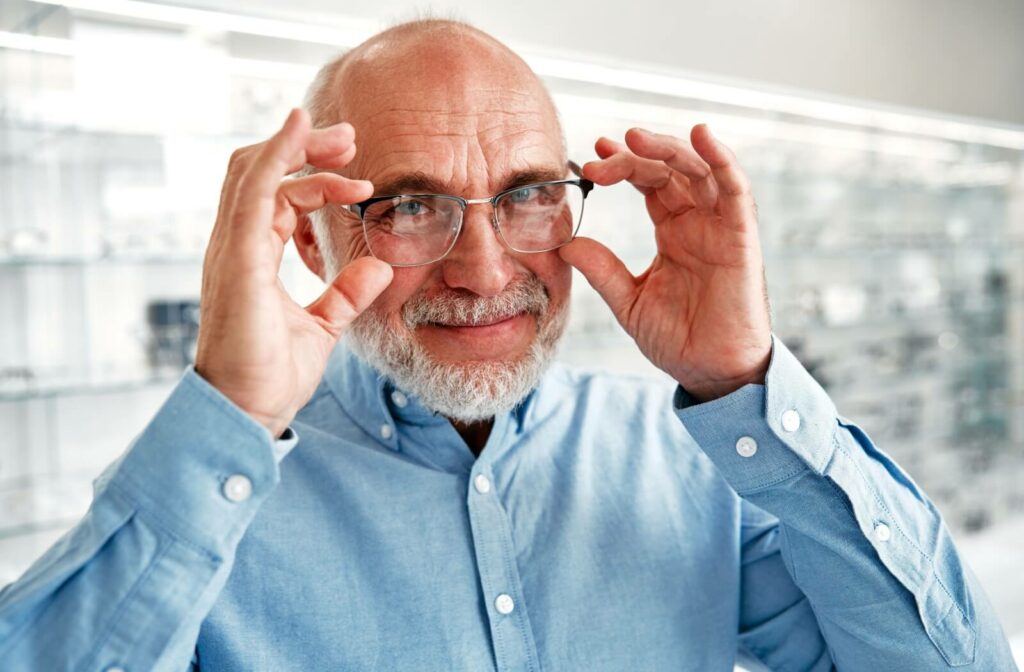
Myopia and hyperopia are refractive errors (eye conditions) that affect visual clarity. Although both cause blurry vision, there are several key differences between them:
An eye with myopia is too long or its cornea curves steeply, resulting in blurry distance vision while close-up vision remains clear.
Hyperopia causes the eye to shorten or flatten the cornea, resulting in blurry close-up vision while distance vision remains clear.
[…]
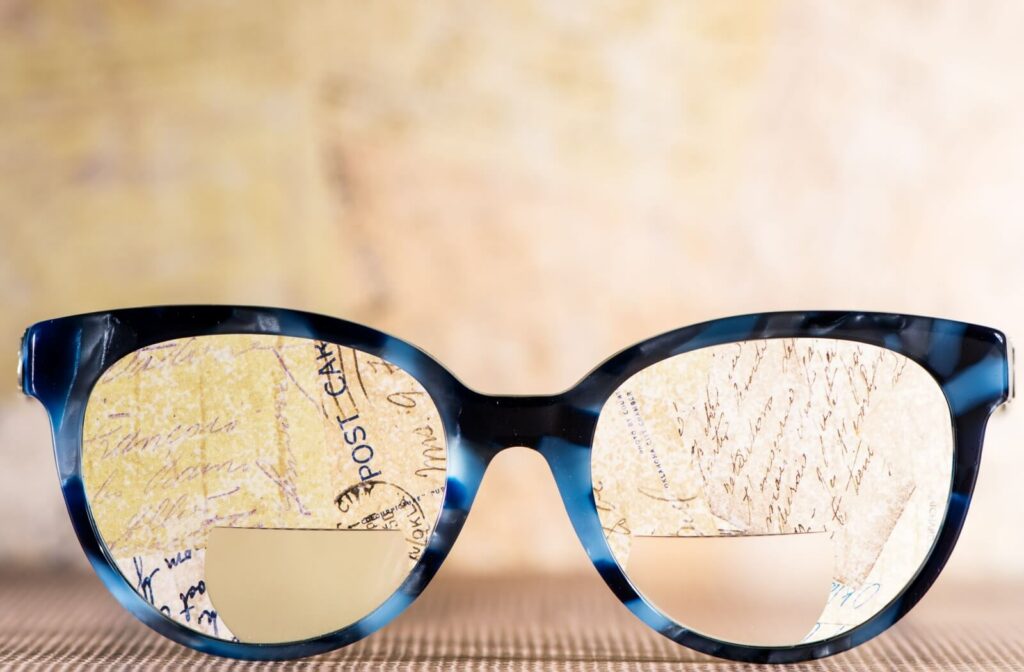
Bifocal eyeglasses, for instance, are a great option for people who require two distinct lens powers in a single lens. A visible line divides the two prescriptions, with a reading prescription in the lower lens and distance vision correction in the upper lens. […]
